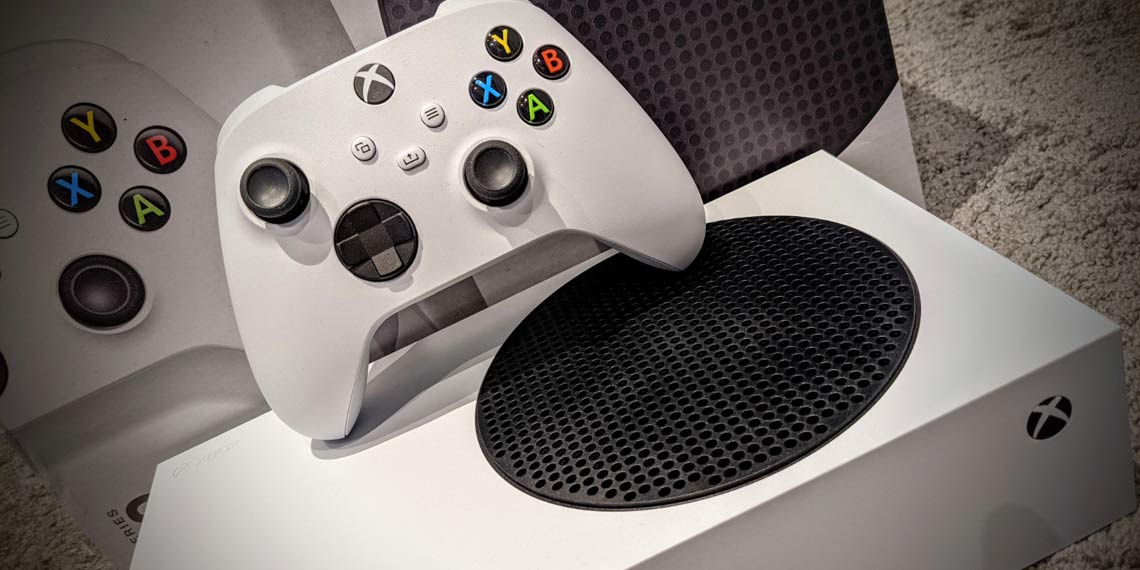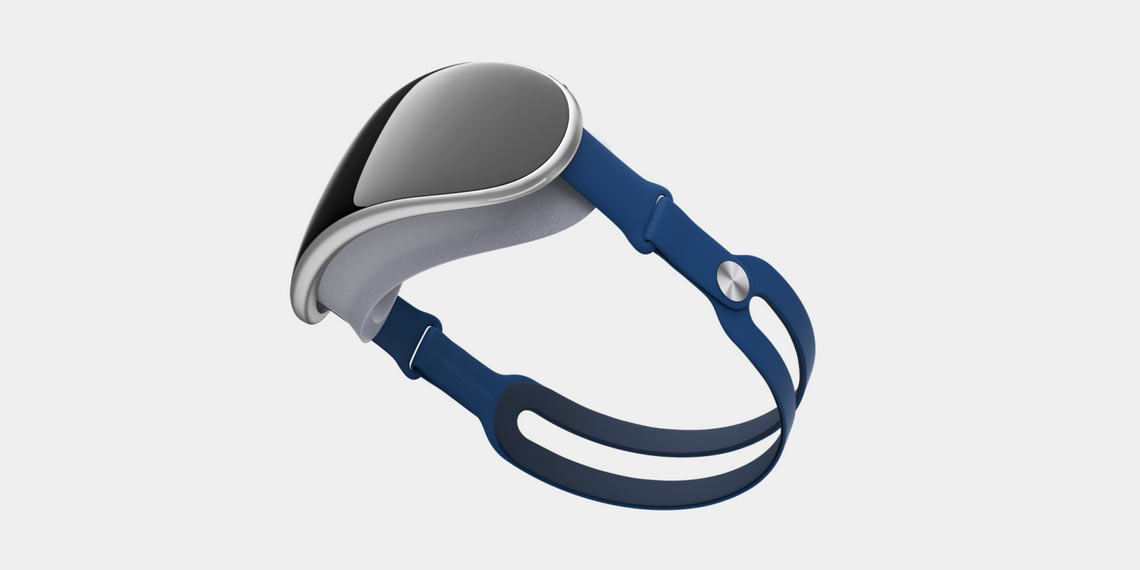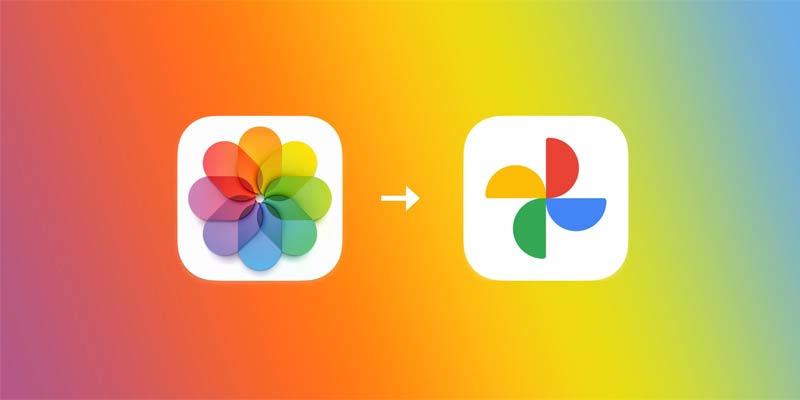Extremely known in the PC gaming field thanks to the ROG brand, Asus in recent years has greatly accelerated the conquest of the smartphone market with net improvements to the Zenfone series and with the launch of the ROG Phone series.
In this regard, about ten days ago we got our hands on an Asus Zenfone 7, the latest model launched by the company and which stands as one of the cheapest smartphones with the Qualcomm Snapodragon 865 on board and as one of the most iconic thanks to the its rotating photographic compartment.
We are therefore ready to tell you our impressions on Asus Zenfone 7, on what we liked but also on what we did not like.
As usual in all of our reviews, let's start by putting the smartphone aside and talking about the sales package and the accessories contained within it.
Unlike other large companies that have decided to remove chargers from the packaging altogether, Asus has gone all in on basic accessories.
This means that we find, in addition to the printed manuals, a charging and data exchange cable (USB-C on both ends), a 30W charger with USB-C output and a couple of covers, one of which is in transparent rigid silicone and one in dark hard plastic. Unfortunately there are no headphones or even the adapter that allows you to use the audio jack (since it has been eliminated on the smartphone).
Before going further, we want to spend a couple of words on the two covers made available inside the package. While the first is transparent and slightly rigid (halfway between a traditional cover and a silicone one), the second is rigid and covers the entire design of the rear body.
It is the latter that intrigued us the most thanks to the presence of a small physical switch that allows you to block the rotation of the camera (combined with the software that recognizes when you use the cover) and prevent the flip camera from opening when not wanted..
We do not know to what extent it can be a useful function but Asus has revealed that this detail could be useful in the event that the smartphone is used in risky situations such as shooting videos in a car.
Design and Ergonomics
The Asus Zenfone 7 is definitely not a smartphone suitable for those who want something compact and light, since it has the dimensions of 165.1 x 77.3 x 9.6 mm and a weight of 230 grams. This means having a "pan" in your hands which, although it is perfect for consuming multimedia content in streaming, is a little less so in everyday use. It goes without saying that one-handed use is very limited, even if some software caution tries to simplify it.
Thanks to the curved edge on the rear body (which is not also present on the front, unlike LG Velvet ), the grip on the smartphone is quite good. The curve in fact goes to accompany the shape of the hand improving the grip without however providing the sensation of slipperiness.
And if you want to have an additional grip, the covers in the package help a lot (especially the dark-colored hard plastic one).
Perhaps a little bit of the mentality of the last century in which it was thought that the quality of an object was directly related to its weight, we had very positive sensations regarding the build quality. The smartphone is very solid and gives the feeling of a "small brick".
Considering the inclusion of a motorized photographic compartment, the absence of any level of IPxx waterproofing certification is forgivable even if, unlike the retractable pop-up systems such as that of the Xiaomi Mi 9T, there are no openings that expose the inside of the body.
Superior Hardware
The performance of Asus Zenfone 7 is the best that can be found at the moment. In fact, the presence of the Qualcomm Snapdragon 865 SoC (the Plus version is only available on the Pro model and is also the only difference) allows you to have no compromise both in terms of applications that require great computational power (photo and video editing such as example) and for more complex games.
To assist the top-of-the-range SoC there is a respectable memory equipment with 8 GB of LPDDR5 RAM and 128 GB of UFS 3.1 internal memory, expandable via microSD. The complete technical sheet is instead composed of:
Dimensions : 77.28 x 165.08 x 9.6 mm
Weight : 230 grams
Display AMOLED NanoEdge (20: 9) to 6.67 "with a 1,080 x 2,400 pixel resolution, 90Hz refresh rate, response time of 1ms, 200Hz sampling touch, 110% DCI-P3, HDR10 +, protected by Gorilla Glass 6
SoC : Qualcomm Snapdragon 865 with 2.84 GHz octa-core CPU and Adreno 650 GPU
RAM : 8GB LPDDR5
Internal memory : 128GB (UFS 3.1) + microSD up to 2TB
Cameras :
Main : Sony IMX686 64 megapixel, ƒ / 1.8
Wide angle: 12 megapixel Sony IM363, ƒ / 2.4
3x zoom : 8 megapixels, ƒ / 2.4
Connectivity : Dual SIM (microSD present on separate slot), 5G, Wi-Fi 6 802.11 ax (2.4 / 5 GHz), Bluetooth 5.1, GPS + GLONASS + Galileo + Beidu, NFC
Battery: 5,000 mAh with 30W fast charging
Operating system: Android 10 with Zen UI 7
While on paper the 90 Hz AMOLED display is in keeping with the rest of the high-end spec sheet, its quality hasn't impressed us. Above all, we found the brightness not too high, which created some problems for us to use the smartphone in direct sunlight. In short, the screen is definitely not the highlight.
To balance the not too high brightness a little, in terms of multimedia content consumption, we think the double speaker which has a very good quality.
Too bad for the absence of the audio jack that does not allow you to make the most of the DAC on board the Qualcomm Snapdragon 865 SoC. The audio from the dual stereo speakers has an excellent volume but lacks a certain depth that allows you to immerse yourself in the content.
We want to spend a few lines in underlining the excellent choice of integrating a Dual SIM system that does not compromise the expansion of the internal memory. In fact, on Asus Zenfone 7 we find a 2 + 1 module that allows you to have, simultaneously, two nano SIMs and a microSD.
Also interesting is the presence of a multifunctional on and off button, customizable in the actions of double pressing to launch an app of your choice or to activate something specific (for example, we have set the double pressure to activate the flashlight).
The fingerprint sensor, despite being integrated under the display in the main top of the range and despite the presence of an AMOLED display, is capacitive and is implemented under the on and off button on the right edge.
Now seen as a past technology, capacitive sensors are more accurate and safer than the optical versions under the screens. And in fact we had hardly any problems with recognition (it worked on average 8 times out of 10).
Excellent performance for Asus Zenfone 7
A smartphone like the Asus Zenfone 7 is clearly devoted to gaming, and thanks to the variety of platforms and titles available on Android right now, we have had very good impressions of any game.
The games on the Play Store have no problem, not even the heaviest ones. We found the same thing with retro gaming, with virtually all the titles we tested via RetroArch running flawlessly. Finally, even with cloud gaming we have not encountered any particular problems, which, however, does not depend very much on the internal hardware but on the quality of the internet connection.
Out of duty to those who love benchmarks, below we show you some of the tests we ran during our day of super intense use. However, we continue to specify that these data, although indicative of the hardware power of the smartphone, must not represent the only data of analysis in judging the 360 ° quality of a smartphone.
Exceptional reception in every aspect
Although not "advertised" in the name of the smartphone like practically all other models, the Asus Zenfone 7 fully supports 5G networks both in the sub-6 GHz frequencies (those available in Italy) and in the mmWave frequencies. Unfortunately we have not had the opportunity to test 5G connectivity as it is not yet present in our area but the integrated modem is still backwards compatible with 4G, 3G and 2G.
On the signal reception front, we did not encounter any problems as we did not encounter any in most of the recently tested models. We point out that the smartphone has the v alues SAR of 0.91 W / kg.
Even the WiFi antennas returned an excellent result in guaranteeing very high coverage, as well as we did not find any problems on the NFC chip, which works 100% with Google Pay.
Excellent work also on the geolocation chip that supports the GNSS system (Global Navigation Satellite System) with complete GPS (US), GLONASS (Russian), Galileo (European), Beidou (Chinese) and QZSS (Japanese) and which allows a practically instantaneous satellite connection (we have recorded several bike rides on roads of which we know the exact distance and we have not found any major disparities).
Clean software but packed with extra features
For some years now, Asus has decided to drastically simplify its ROM by focusing heavily on the stock base of Android. This means that, coupled with extremely powerful hardware like that of Zenfone 7, the entire software feels like a sliver of speed and fluidity. This sensation has been further amplified thanks to the fixed 90 Hz mode that can be activated from the settings which, sacrificing a little autonomy, returns an impeccable visual impact.
Much to the surprise, Asus didn't pre-install any bloatware, providing users with a clean and fully customizable smartphone with no app impositions.
Thanks to the AMOLED display it was possible to integrate an Always-On system but unfortunately this is very basic and definitely less customizable than other competing smartphones.
As you can see from the screenshot, there are only 3 AOD modes, of which only one with digital clock. Furthermore, there is no option to schedule AOD activation and deactivation, contributing to unnecessary power consumption in some situations (on average we found a general consumption of 5 - 6% of the total).
Google is widely present on Asus Zenfone 7, not only thanks to the pre-installed apps that the American giant imposes on producers who want to access Play Services but also with the Google Feed present on the first page of the homescreen.
Exactly like on the ROG Phone, then, there is a graphic interface dedicated to gaming (called Game Genie) that allows you to keep every single parameter under control and to change the settings related to performance and notifications. It is also possible to record the gaming session or stream it directly to YouTube and Twitch
Asus Zenfone 7 is not a cameraphone but it defends itself well
Given the presence of a motorized system that eliminates the need for a front camera, Asus has positioned this smartphone as an excellent quality cameraphone for both traditional photos and selfies. And the photo quality of the smartphone seemed quite good to us.
Asus has made a rather wise choice to include both an ultra wide angle and a telephoto lens as extra cameras. Thus it allowed the smartphone to offer greater flexibility of use based on the various scenes that you want to photograph.
The photos appear to be of a good standard in general but Asus seems to have taken the same path as Samsung by implementing a processing system that is too aggressive, which sometimes results in beautiful photos but not very real.
The wide-angle camera is perhaps the one with the least quality of the trio, with photos that are not adjusted properly for the problem of curved edges and not perfect color accuracy. Nice that it allows you to shoot macros from a minimum distance of 4cm, with results that are quite good (even if macros are now good on any smartphone).
The 3x telephoto lens is good and returns shots similar to those of the main camera, with a limited amount of noise in good lighting. On the other hand, it is almost unusable when night falls due to the not too fast opening that does not allow to acquire so much light.
We report that the optical image stabilization system (OIS) is only present in the main camera and, in the case of the Zenfone 7 Pro model, also in the telephoto lens.
We also point out that photos at night or in any case with low lighting benefit from a Night Mode which is activated automatically below a certain value.
Based on photo and video quality alone, the Zenfone 7 is undoubtedly the best smartphone to recommend for anyone keeping YouTube or Facebook vlogs. However, we must also consider the considerable weight of the smartphone which, in the long run, could be tiring.
In general, the Asus Zenfone 7 is an excellent smartphone for vlogging, ideal for those looking for an "all in one" device and do not want to rely on an action cam or a mirrorless.
The Flip Camera is the workhorse of Asus ZenFone 7
Thanks to the motorized camera capable of locking at certain angles and the ad hoc shooting software, it is possible to automatically take panoramic shots without even moving the smartphone. On this front the Asus Zenfone 7 is the best we have ever tried, with the various photos that make up the overview combined to perfection and without particular artifacts.
The motorized camera also allows you to set three fixed positions and one customizable to allow the most creative to express their art in ways not possible with a fixed rear or front camera.
We point out that these particular angles at which the cameras can be positioned are available not only in the photographic app developed by Asus but also in those of third parties (WhatsApp for example) thanks to an add-on from the same manufacturer.
Clearly, we can and must repeat all the good considerations we made for the photos taken afterwards for the selfies as well. In fact, having the same photographic sector both behind and in front, the photographic quality is the same. From this it follows that, just like last year's Zenfone 6, the Zenfone 7 is the best smartphone model for selfies (both photo and video).
Autonomy at The Highest Levels
Battery life has never been a problem thanks to the large 5,000 mAh cell which allowed us not only to end a full day with super intense use but also to get to the middle of the second day when use was average (social networks, streaming video, GPS navigation, e-mail and messaging), with a display value on around 6.5 - 7 hours.
Controlled Charging to Preserve The Battery
One thing that we have only found on this Asus smartphone and on no other top-of-the-range model is a special permette setting that allows you to limit charging to 10w or 18w if you use a more powerful power supply and also to schedule the time, so that 100% is reached only when you are close to the chosen time (for example, with a night recharge, 100% is reached only when you wake up).
This is an excellent idea that, if used properly, allows you to extend the life of the internal battery : Asus speaks of a degradation reduced by 50% after 500 charging cycles (maximum capacity reduced by 7% instead of 14%).
Conclusions
The Asus Zenfone 7 is ultimately an excellent smartphone which, while not equipping the most powerful SoC ever, is in effect a top of the range. Thanks to the motorized camera, it not only offers a unique aesthetic appearance but also incredible flexibility in photographic terms. Unfortunately, this is not a Samsung or LG smartphone that immediately drop in price, which is why it is still available at the list price of 699 euros.
Judging only the technical equipment of the SoC and the price, the Asus Zenfone 7 would not be the top of the range with the best value for money, a title that belongs to the Xiaomi Mi 10T Pro. However, if we add the originality of the design and photographic flexibility, in our opinion, the title of best top of the range in value for money is his.
Also Read:
The Next iPad Pro will have Reverse Wireless Charging
Pixel 6 Will have a Processor Designed by Google
Top 10 Websites to Download Free PC Games













